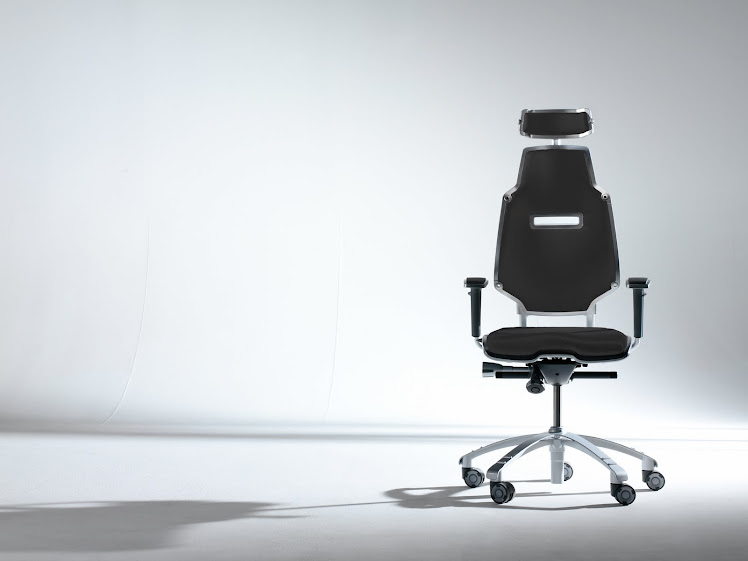Ergonomic Resources
Ergonomic Tips to Help You Work Better
Tips to Relieve Neck & Shoulder Pain
Shoulder & Neck Aches at Work
Shoulder and neck pain is a common problem for office workers, especially those who sit in front of a computer most of the day. Muscle tension and general aches and pains are not only painful but also a frustrating cause of loss of productivity, whether we miss work or just aren’t as efficient. Try these tips to find pain relief and to prevent future pain.
* Sit (or stand) up straight: The most common cause of pain in the work place is poor posture from slouching, raising our shoulders, or simply contorting our bodies into strange positions without being aware of the strain we are placing on our muscles. In contrast, good posture prevents and relieves pain in your shoulders, neck, and back. Start by adjusting your chair to fit your own body. Your feet should rest firmly on the floor and the armrests should by low enough to allow free arm movement from the elbow. Lower the back rest to fit the curve of your back, and make sure that your lower back is properly supported. Additional lumbar support can be added easily if you need more support. Additionally, many workers are starting to see the advantages of an adjustable height ergonomic desk that they can adjust to meet their needs.
* Take a Break to Stretch: Create a new habit of taking a short break at least once an hour. It doesn’t have to be long, just a minute or two to walk around. It’s important to stretch your shoulders, neck, and back regularly throughout your day.
* Move Your Keyboard: Your arms and shoulders should be completely relaxed while you are typing or using your mouse. If you keyboard is too high, or too low, you tend to tighten those muscles, creating tension and soreness. For pain-free typing, use an adjustable keyboard tray to place your keyboard about two inches above your lap, slightly below your relaxed elbow height. You may also find significant improvement in muscle tension by using an ergonomically designed mini keyboard or a split keyboard.
* Adjust Your Computer Screen: Your monitor should be centered directly in front of you, about 15 to 25 inches away, and sit at eye-level. Looking down or up, turning to the side or leaning forward to look at your screen will strain your neck muscles. Monitor shelves are easy to install and quickly provide additional height.
Neck and shoulder pain can lower your productivity and create additional stress in the work place. These tips can bring relief to your current discomfort, and restore good posture to prevent additional pain. Taking frequent breaks and adjusting your work station can bring quick relief, and maintaining healthy posture can protect you from further damage.

No comments:
Post a Comment